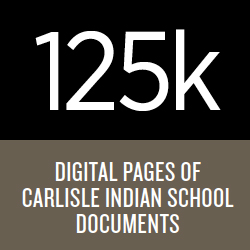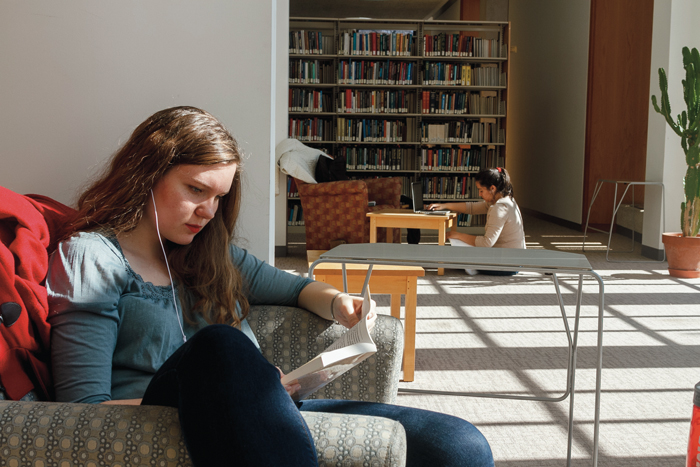Library & Information Services
ROBERT RENAUD, VICE PRESIDENT & CHIEF INFORMATION OFFICER
Dickinson has long been a leader in the application of information technology (IT) in learning, teaching and research. And over the past year, Library & Information Services (LIS) has continued to be a vanguard in the integration of technology across academic areas, while reimagining library spaces to advance face-to-face learning, using technology not as a replacement but an enhancement to a personalized education.

In the new Archives Classroom, flexible furniture can be adapted to different faculty needs and teaching styles, and a large-screen monitor is available for video conferences and group viewing of websites. The space is perfect for examination of rare objects in a secure and comfortable environment, such as when Professor of English Carol Ann Johnston used the room for her Revolutionary Milton class, featuring the college’s first edition of Paradise Lost.
In fiscal year 2015-16 the Willoughby Center for Digital Scholarship was created in a former seminar room across from the archives. Funded by the Edwin Eliott Willoughby Memorial Fund of the Dickinson College Library, the center hosts faculty and student projects and contains high-end digital scanning equipment.
The college archives exemplifies IT innovation by spanning paper and digital collections and leveraging technology to make its unique holdings available over the Internet. And starting in 2015, the archives reconfigured its physical space in the Waidner-Spahr Library to facilitate this work.
At Dickinson, digital scholarship comes in many forms. One of the most impressive large-scale projects is the Carlisle Indian School Digital Resource Center, a project started several years ago by student and library researchers. Resource Center researchers recently finished scanning all of the Carlisle Indian School documents housed in the National Archives in Washington, D.C., making roughly 125,000 pages of material readily available to the public.
